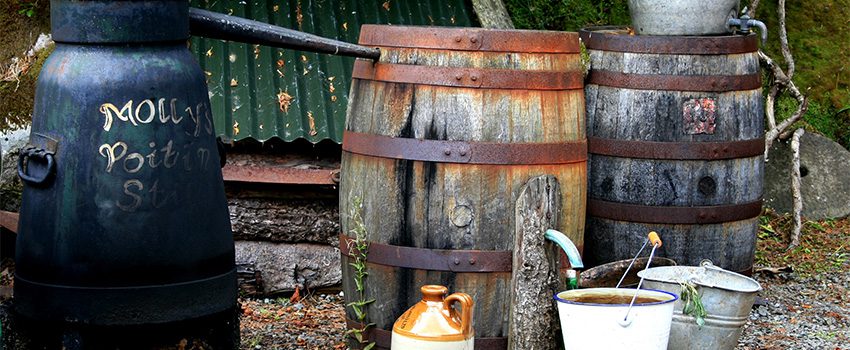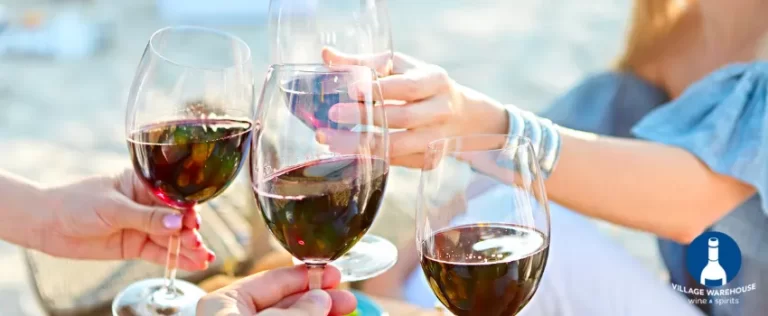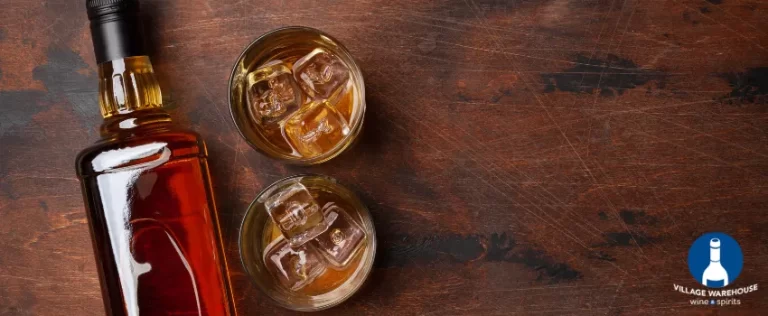With the drinking culture we have developed in the past few decades, liquor stores and bars alike have acquired a wide variety of specialty wines, beers, and spirits. Among the fastest-growing crazes is the resurgence of moonshine. This formerly hush-hush, home-distilled drink of backwoods Appalachia is now legit! Its sale is being regulated by the US government in some states.
So what exactly is moonshine? How come it is winning the hearts of several craft distillers despite being one of the most illicit drinks in the US? Is it really safe to drink moonshine?
What is Moonshine?
Moonshine, more popularly known as “hooch” or “homebrew” is made from a mash of corn, sugar, yeast, and water. Unlike whiskey and bourbon, moonshine is not aged. It has a very high alcohol content, sometimes peaking at 190 proof. Traditionally, it is being produced in a homemade moonshine still and bottled in a mason jar.
It was first introduced in the US in the 18th century by Scottish and Irish immigrants. It quickly became a mainstay of Southern culture. As its popularity crested, the government became interested in taxation. People started making it in the middle of the night, under the light of the moon, hence its name. This is to hide the smoke that would run off the boiling liquor from local law enforcers.
Today, moonshine is widely available in some states and online for purchase.
Why Do People Love Drinking Moonshine?
While most people drink it straight from the jar, moonshine is excellent for mixing cocktails! It is basically whiskey, so you can combine it with Coke, ginger ale, lemonade, iced tea, and more! You can also infuse fresh apples, pineapples, peaches, blackberry, blueberry, cinnamon, or tangerine juice to this drink. The possibilities are endless!
Is It Safe To Drink Moonshine?
You probably have read stories about the dangers of moonshine and other illegally distilled drinks. Illegal moonshine remains to be dangerous because it is brewed in makeshift stills. The distillation process produces alcohol vapors, which are highly flammable. The threat of explosion is too high, hence moonshine stills are better outdoors.
Although most of the stills in operation today are all-copper variety, plenty of old vehicles are still around. These old handmade stills use lead-based solder to make connections. Unfortunately, lead can leach out of the radiators and connections. Lead is toxic to the body. Lead poisoning can cause memory loss, brain swelling, paralysis, and even death.
In larger batches of distilled moonshine, tainting with methanol can occur. Methanol vaporizes at a lower temperature than ethanol, so it is the first liquid to be produced during the distillation process. The larger the batch, the more ethanol.
Methanol is highly poisonous. When metabolized in the body, it can cause serious side effects. With just a few ml, the dangerous potential of methanol can be undetectable. You will just get a hangover. However, 10 ml or more of methanol, even split up among drinks, can permanently damage your optic nerve and cause partial or complete blindness. The lethal dose is 30 ml.
How Can You Tell Which Moonshine Is Safe To Drink?
One way to test the purity of a moonshine liquor is to pour some in a metal spoon and set it on fire. If it burns with a blue flame, it is more likely safe to drink. If it produces a yellow or red flame, it is an indication of the presence of lead. However, this spoon test does not detect the presence of methanol, which burns a colorless flame.
With hundreds and thousands of moonshine being produced on a regular basis, chances are some of it will be tainted.
When made properly, moonshine is simply a strong alcohol with a very hard taste or “kick” because it has not been aged. To be sure of the quality, steer clear of inexperienced distillers and sellers! Buy only at reputable liquor stores.
If you are in Colorado, check out Village Warehouse Wine and Spirits in Avon, near Edwards and Vail. Pair your tasty grub with a delicious drink while hanging out in the mountain!





